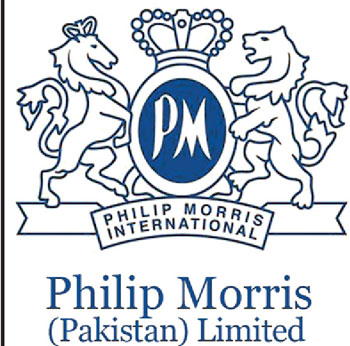Philip Morris (Pakistan) Limited (PMPKL) has generated a Net Turnover of 14,966 million for the nine months ended September 2022, reflecting an increase of 17% vs. the same period last year (SPLY). The Net turnover includes a Domestic Net Turnover of PKR 13,923 million, with an increase of 10.5% vs. SPLY (reflecting excise-driven price increases) coupled with an Exports Turnover of PKR 1,043 million.
The Exports turnover reflects an increase of over 100% vs. SPLY, due to the delayed exports at the end of 2021 on account of external supply chain constraints and materialized in the first quarter of 2022. The Company recorded Profit after Tax of PKR 2,376 million with an increase of 14.7% vs. SPLY driven by pricing as mentioned above.
During the nine months of the calendar year ended September 30, 2022, the Company’s contribution to the National Exchequer in the form of excise duty, sales tax, and other Government levies, stood at PKR 21,387 million reflecting an increase of 4.6% vs. SPLY. .
The increase in excise duty for locally manufactured cigarettes by 10.8% and 10.2% for value and premium tiers respectively, together with an increase announced during Jun’22 (Finance Bill), total excise increase stood at 24.2% and 25.0% in value and premium tiers respectively. These multiple excise increases happened after two years of no change.
To offset the impact of excise, the Company has taken price increases (almost after 2 years) across its portfolio. This increase in excise and resultant price increase is likely to put pressure on consumer affordability which may impact the compliant tax paying industry and the excise and sales tax for the government.
With the implementation of Track & Trace System for tobacco effective July 2022, cigarettes are no longer allowed to be removed from a production site, factory premises, or manufacturing plant without affixation of tax stamps.
Most recently, FBR has also signed an MoU with the Central Board of Revenue Azad Jammu & Kashmir (AJK) for the implementation of the Track and Trace System in AJK which is a welcome step.
We support the adjustable advanced FED, announced during mini budget, on processed unmanufactured tobacco (manufacturers only adjustable advance tax) as it will also help curb growth of the non-tax paid cigarette sector.
FBR has actively been creating awareness and taking reinforcement measures and we are hopeful that all these efforts will go a long way towards combatting non-tax paid cigarette trade (i.e., 38% of the total market per Oxford Economics) which is causing an estimated annual loss of approximately PKR 80 billion to the National Exchequer.
Roman Yazbeck, PMPKL’s Managing Director, sharing his views on the performance said, “Economic and political uncertainty and unparalleled inflation are already putting huge pressure on businesses. Further, multiple increases in the excise rates on cigarettes during the year will make the operating environment more challenging for the compliant tax-paying industry.
Despite all the challenges, the Management of the Company continues to be committed to improving the overall financial performance of the Company by utilizing global resources, pursuing strategic commercial plans, and bringing continuous improvements in product quality, process, and operational efficiency.
Growing our gross margin and controlling the cost base will be the key objectives for managing the Company’s profitability in a continuously challenging environment.










